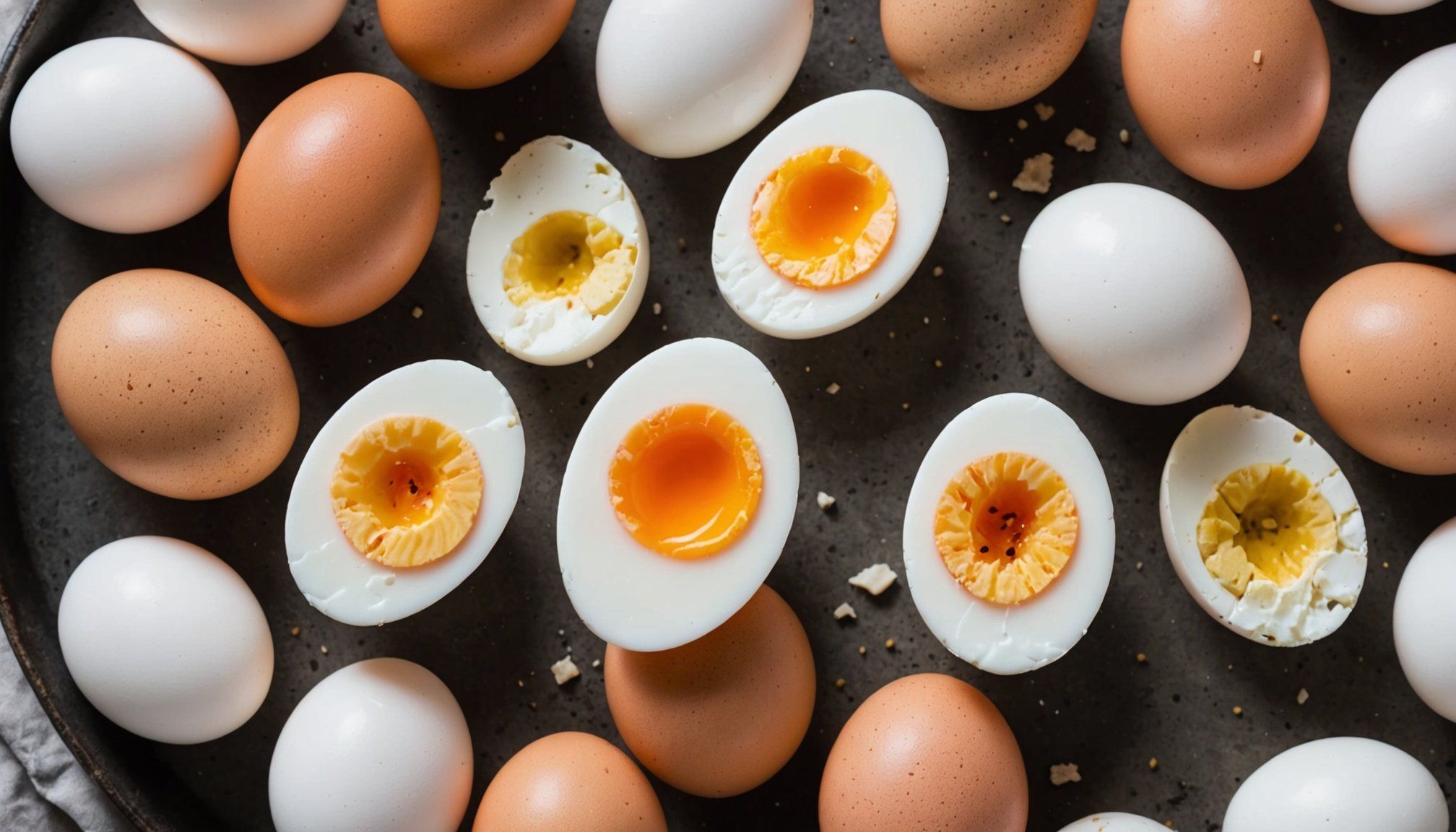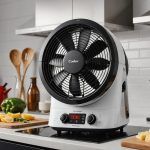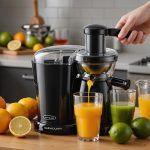Understanding Soft-Boiled Eggs
Soft-boiled eggs are a delectable culinary delight, cherished for their tender whites and lusciously runny yolks. Achieving the perfect yolk consistency is vital, as it significantly impacts the egg’s flavour and texture. Generally, a soft-boiled egg features a fully cooked white and a yolk that ranges from barely set to luxuriously runny. The yolk consistency can vary based on personal preference, weather conditions, and egg size.
Ideal cooking techniques for soft-boiled eggs are crucial to mastering this delicate balance. Precision in cooking techniques ensures that the whites are cooked without compromising the yolk’s desired texture. One common approach is controlling the water temperature and adhering to strict timing guidelines. For instance, maintaining a gentle simmer is recommended to prevent the egg whites from becoming rubbery while facilitating even cooking of the yolk.
Also to see : Top factors to weigh when selecting a high-capacity bread machine for at-home baking bliss
Understanding these techniques provides home cooks with the confidence to experiment and find their preferred yolk consistencies. Moreover, appreciating the nuances in cooking techniques encourages developing new methods to achieve perfect results repeatedly. This knowledge enhances the culinary experience, turning each soft-boiled egg into an opportunity to savour its simple yet sophisticated taste.
Cooking Techniques for Soft-Boiled Eggs
Mastering the art of soft-boiled eggs hinges on perfecting the cooking methods used during their preparation. Traditional boiling remains a popular technique for achieving the desired egg preparation. This method involves submerging the eggs in boiling water, ensuring even and thorough cooking.
Topic to read : Essential Hacks to Keep Your Bread Box Mold-Free: Must-Know Strategies for Freshness
Traditional Boiling Method
The traditional boiling method is straightforward and effective for preparing soft-boiled eggs. It begins with placing eggs in a saucepan, covering them with water, and bringing them to a boil. Once the water reaches the boiling point, reduce the heat to maintain a gentle simmer. This reduces the risk of overcooking, preserving the perfect yolk consistency.
Water Temperature Regulation
Precise water temperature regulation is crucial for achieving the ideal texture. Start with cold water to allow gradual and uniform temperature increase. Adjust the flame to sustain a gentle simmer, ensuring the eggs cook evenly without becoming rubbery.
Timing Guidelines
Adhering to exact timing guidelines ensures consistent results. For beautifully set whites with runny yolks, simmer for approximately 6 minutes. For firmer yolks, extend the simmering time to 7 or 8 minutes. Regular practice and adjustments to these techniques facilitate optimal yolk consistencies, tailored to personal preferences and egg size.
Optimal Cooking Times for Yolk Consistencies
Achieving the ideal cooking times for soft-boiled eggs hinges on the desired yolk texture. For those who relish a delectably runny yolk, a simmering period of 6 minutes is recommended. This timeframe allows the yolk to remain creamy and fluid while the whites turn perfectly set. If you prefer a slightly more set yolk, extending the cooking time to 7 or 8 minutes provides the desired balance without compromising the overall enjoyment of the dish.
Visual cues can be immensely helpful in determining doneness. After removing the eggs from heat, give them a gentle roll. A fluid internal movement suggests a runniness, whereas minimal movement indicates a firmer texture. Consider adjusting cooking times based on egg size and freshness; larger or fresher eggs may require slight extensions to achieve comparable results.
For reliable precision, investing in an egg timer ensures consistent outcomes. Timing, although seemingly minor, significantly influences yolk consistency and, consequently, the overall quality of your culinary endeavour. Whether you prefer yolks that ooze or ones with a subtle set, understanding the nuances of soft-boiled egg cooking times is key to absolute satisfaction.
Choosing the Right Egg Timer
Finding the ideal egg timer can significantly impact the precision of your soft-boiled eggs. When comparing different types of kitchen gadgets, consider several factors that align with your cooking style.
Types of Egg Timers
Egg timers come in various forms, including analog, digital, and even smartphone applications. Analog timers offer simplicity and reliability, while digital versions provide more precise timing adjustments. Smartphone apps can combine convenience and versatility but may require extra care to avoid water damage in the kitchen.
Feature Comparison
When evaluating timer features, look for ease of use, readability, and durability. Some models include additional functions such as countdown alarms, multiple timing settings, and memory features to save your preferred cooking times. Well-designed egg timers should be straightforward and intuitive, ensuring you achieve perfect results consistently.
User Reviews and Recommendations
Gathering user reviews offers valuable insights into an egg timer’s performance and longevity. Consumers often appreciate models with loud, clear alarms and timers that withstand repeated use. By considering these recommendations, you can select a timer that enhances your soft-boiled egg preparation process, paving the way for delectable results.
Enhancing Flavor and Serving Suggestions
Elevating the taste of soft-boiled eggs can transform a simple meal into a gourmet experience. A touch of sea salt or freshly cracked black pepper can bring out the egg’s natural flavours. For a more adventurous twist, consider sprinkling paprika or drizzling a bit of truffle oil. These flavour enhancements are simple yet effective techniques to elevate your dish.
Soft-boiled eggs have a versatile nature, making them a delightful addition to various meals. When paired with avocado toast, they create a satisfying breakfast or brunch option. Adding them to salads, such as a warm spinach salad, enhances the texture and enriches the dish with protein. These serving ideas are not only nutritious but also visually appealing.
Unleash your creativity by incorporating soft-boiled eggs into recipes like ramen or as a topping on a hearty beef stew. Their velvety yolk provides a rich complement to many dishes, adding depth and sophistication. Whether seeking quick bites or elaborate meals, experimenting with soft-boiled egg dishes offers endless possibilities, inviting you to rediscover classic combinations or attempt novel culinary fusions.
Troubleshooting Common Issues
Soft-boiled eggs can occasionally present challenges, but understanding common cooking issues can help you achieve perfect results. If your eggs are frequently overcooked, it’s crucial to review your timing and cooking techniques. Overcooking often results from leaving eggs in simmering water beyond the recommended 6-8 minute range. Ensure you remove them promptly to attain the desired yolk consistency.
For undercooked eggs, lacking a firm white or a too-liquid yolk, double-check that the water maintains a consistent simmer and timing is accurately followed. Situations like higher altitudes may require slight timing adjustments, as boiling points differ from sea level.
Struggling with peeling difficulties can be an exasperating issue with soft-boiled eggs. To ease this, consider adding a pinch of salt or a dash of vinegar to the boiling water, which may help prevent the white from sticking to the shell. Another tip is to plunge the cooked eggs in ice water immediately after boiling, which contracts the egg whites, creating a separation from the shell, allowing easier peeling.
Addressing these common challenges will enhance your soft-boiled egg preparation, ensuring a delightful culinary experience every time.








